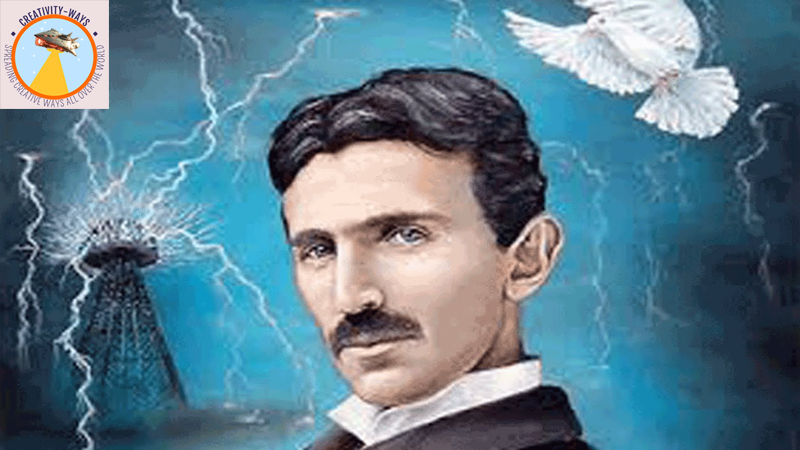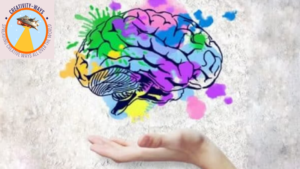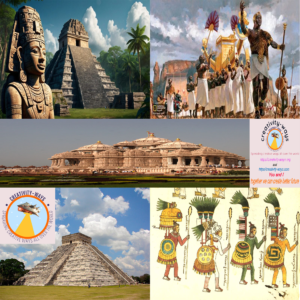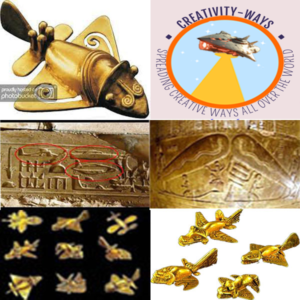Nikola Tesla: The Genius Who Changed the World
Nikola Tesla: The Genius Who Changed the World
Nikola Tesla was one of the most brilliant inventors and engineers of all time. His contributions to science and technology revolutionized the world and paved the way for modern electrical systems. Despite his genius, Tesla faced numerous obstacles throughout his life. From financial struggles to battles with powerful industrialists, his journey was filled with challenges. However, his unwavering dedication to innovation ensured that his legacy would never be forgotten.
Early Life and Education
Nikola Tesla was born on July 10, 1856, in Smiljan, which was part of the Austrian Empire at the time. From a young age, Tesla showed remarkable intelligence and an extraordinary memory. He had a natural talent for mathematics and physics, which became evident during his education at the Austrian Polytechnic in Graz. However, he struggled with formal education and eventually left school without completing his degree.
Despite this setback, Tesla remained determined to pursue his passion for electrical engineering. He moved to Budapest, where he worked for a telegraph company. There, he developed his first ideas for an alternating current (AC) motor, an innovation that would later change the world.

The Move to America and Collaboration with Edison
In 1884, Tesla immigrated to the United States, arriving in New York with little more than a few cents in his pocket. He soon found work with Thomas Edison, one of the most influential inventors of the time. Edison had built a direct current (DC) electrical system, but Tesla believed that alternating current (AC) was a far superior technology.
Tesla proposed several improvements to Edison’s systems, but their relationship quickly soured due to fundamental disagreements. Edison was deeply invested in DC power and dismissed Tesla’s ideas. Frustrated, Tesla left Edison’s company and set out to develop his own inventions.
The War of Currents
After parting ways with Edison, Tesla partnered with industrialist George Westinghouse. Westinghouse saw the potential of Tesla’s AC system and provided him with financial backing. This led to the infamous “War of Currents,” a fierce competition between Edison’s DC power and Tesla’s AC power.
Edison launched a campaign to discredit AC electricity, claiming it was dangerous. However, Tesla and Westinghouse proved that AC power was not only safer but also more efficient. Their victory was solidified when Tesla’s AC system was chosen to power the 1893 Chicago World’s Fair and later the Niagara Falls power plant, demonstrating the superiority of AC electricity.
Groundbreaking Inventions
Tesla’s contributions extended far beyond the AC electrical system. He developed numerous groundbreaking inventions, many of which laid the foundation for modern technology. Some of his most notable inventions include:
The Tesla Coil
One of Tesla’s most famous inventions, the Tesla coil, was designed to generate high-voltage electricity. It played a crucial role in wireless energy transmission experiments and remains a fascinating example of Tesla’s ingenuity.
Radio and Wireless Communication
Although Guglielmo Marconi is often credited with inventing the radio, Tesla had already developed the technology years earlier. In fact, the U.S. Supreme Court later recognized Tesla’s patents as the foundation for radio communication.
Remote Control Technology
Tesla was a pioneer in remote control technology. In 1898, he demonstrated a remote-controlled boat, showcasing the potential of wireless communication. His work in this field laid the groundwork for modern robotics and remote-controlled devices.
X-rays and Medical Advancements
Tesla conducted early experiments with X-rays, years before Wilhelm Roentgen’s discovery. His work helped advance medical imaging, contributing to the development of modern radiology.
Struggles and Financial Hardships
Despite his brilliance, Tesla faced severe financial difficulties throughout his life. Unlike many of his contemporaries, he was not driven by profit. He often prioritized scientific discovery over business success, which led to financial instability.
Tesla’s experiments with wireless energy transmission, particularly his ambitious Wardenclyffe Tower project, ultimately drained his resources. He envisioned a world where free energy could be transmitted wirelessly to everyone, but funding for the project was cut, forcing him to abandon his dream.
Later Years and Legacy
In his later years, Tesla became increasingly reclusive. He continued to work on scientific theories, but without financial support, many of his ideas remained unrealized. He spent his final years living in a hotel in New York City, where he passed away on January 7, 1943.
Despite his struggles, Tesla’s legacy remains stronger than ever. His contributions to electrical engineering, wireless communication, and numerous other fields continue to shape modern technology. Today, Tesla’s name is synonymous with innovation, and his work continues to inspire scientists, engineers, and inventors worldwide.
Conclusion
Nikola Tesla was a visionary whose ideas transformed the world. Despite facing numerous challenges, he remained dedicated to his mission of advancing science and technology. His inventions laid the foundation for many of the technologies we rely on today. Though he may not have received the financial success he deserved, his legacy as one of history’s greatest inventors is undeniable. The modern world owes much to Nikola Tesla, the genius who changed the course of history.










